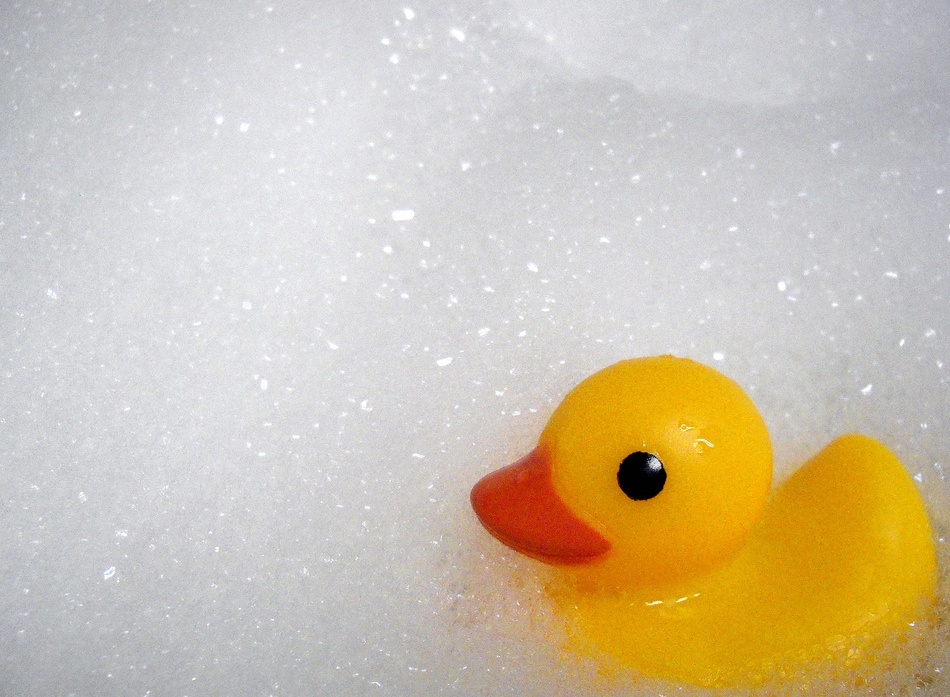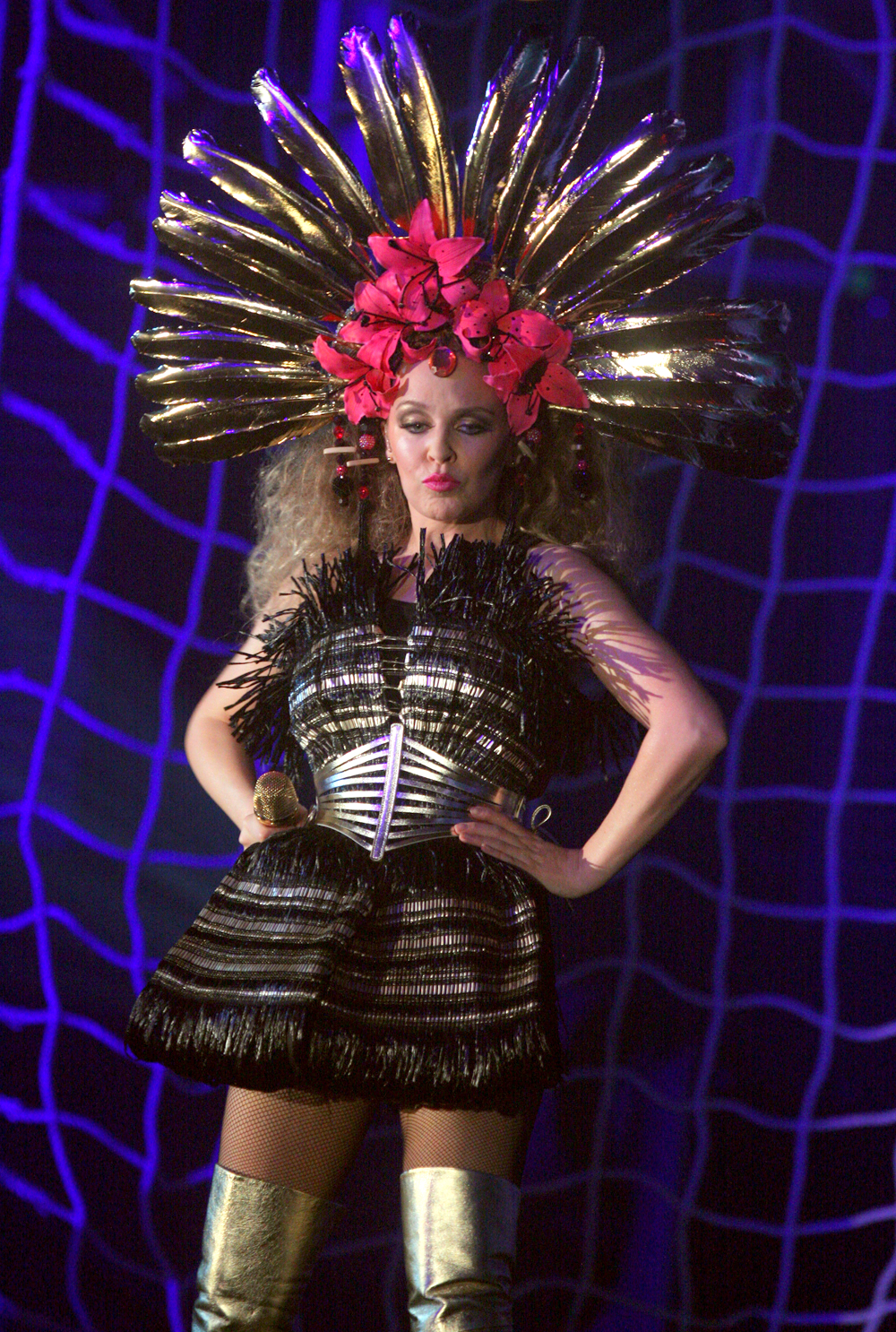Shampoo and conditioner – it’s all froth and bubble

What exactly are we buying to clean our hair, and is it worth it?
Published 29 November 2015
When it comes to shampoo, we’re spoilt for choice. With more than 50 varieties on the supermarket shelves, there’s clearly more to shampoo than meets the eye.
So what is shampoo? And why does it form bubbles?
“Many shampoos are emulsions – mixtures of oil drops in water,” says Professor Ray Dagastine, a research scientist from the University of Melbourne’s School of Engineering.
“Think of it like salad dressing. When you shake it up, oil drops become distributed throughout the water, giving the dressing a creamy taste.”
A basic, all-in-one shampoo can contain 10 to 15 chemical components. But surprisingly, not all of them clean hair. Some components, such as foaming agents, are added for looks.
“The soap used to clean hair doesn’t make very good bubbles,” says Professor Dagastine, from the Department of Chemical and Biomolecular Engineering. “So manufacturers often add foaming agents just to make bubbles.”

Why do they do that? Professor Dagastine says it all comes down to perception.
“We generally don’t believe our hair is being cleaned unless we see foam,” he says. “But in reality, to clean hair, shampoo does not have to make bubbles.”
As consumers, Professor Dagastine says we place expectations on the products we buy – what they should do for us, and what we think their functionality should look like.
“Shampoo has to clean your hair, leaving it silky smooth,” he says. “It has to leave it smelling nice, and it has to look like it is cleaning your hair, even though it doesn’t need the foam.
“That’s a lot to ask from something that is actually a mixture of relatively simple chemicals.”
When you dissolve soap molecules in water, the molecules aggregate, instead of staying apart. This happens because each molecule is made of two parts – an oily (hydrophobic) tail, and a water-loving (hydrophilic) head.
The hydrophobic parts do not particularly want to be in water, so they assemble into groups called micelles.
When mixed in your hair, Professor Dagastine says the micelles combine with the oils coating your hair, effectively dissolving them.
“Rinsing your hair then washes the oils away,” he says. But this causes its own problems. As Professor Dagastine points out, shampoos can actually strip too much oil off our hair.

“Getting hair clean is surprisingly easy, but the real challenge is what to leave behind,” he says. “But really, we need to leave some of those oils behind, as they help lubricate and prevent damage to our hair.”
So how can we clean hair and leave sufficient oil behind, while still creating the hairstyle we desire? The answer depends on the hairstyle you’re after.
“If you read on a bottle that a particular shampoo leaves your hair silky smooth, it will clean your hair and then leave some silicone oil on it,” says Professor Dagastine.
And if you want a “bouncy” hairstyle? “The shampoo will leave charged polymers on your hair. The like charges repel each other, so your hair doesn’t stick together,” he says.
But what about conditioner?
Professor Dagastine says we should use conditioner after washing our hair, to protect our hair as we style it and to prevent it from drying out.
After all, as he says, “Getting hair clean is easy, but sometimes we clean it to the point where we need to put something back.”
Banner image: Go Ducks! (detail) by Denise Mattox via Flickr
